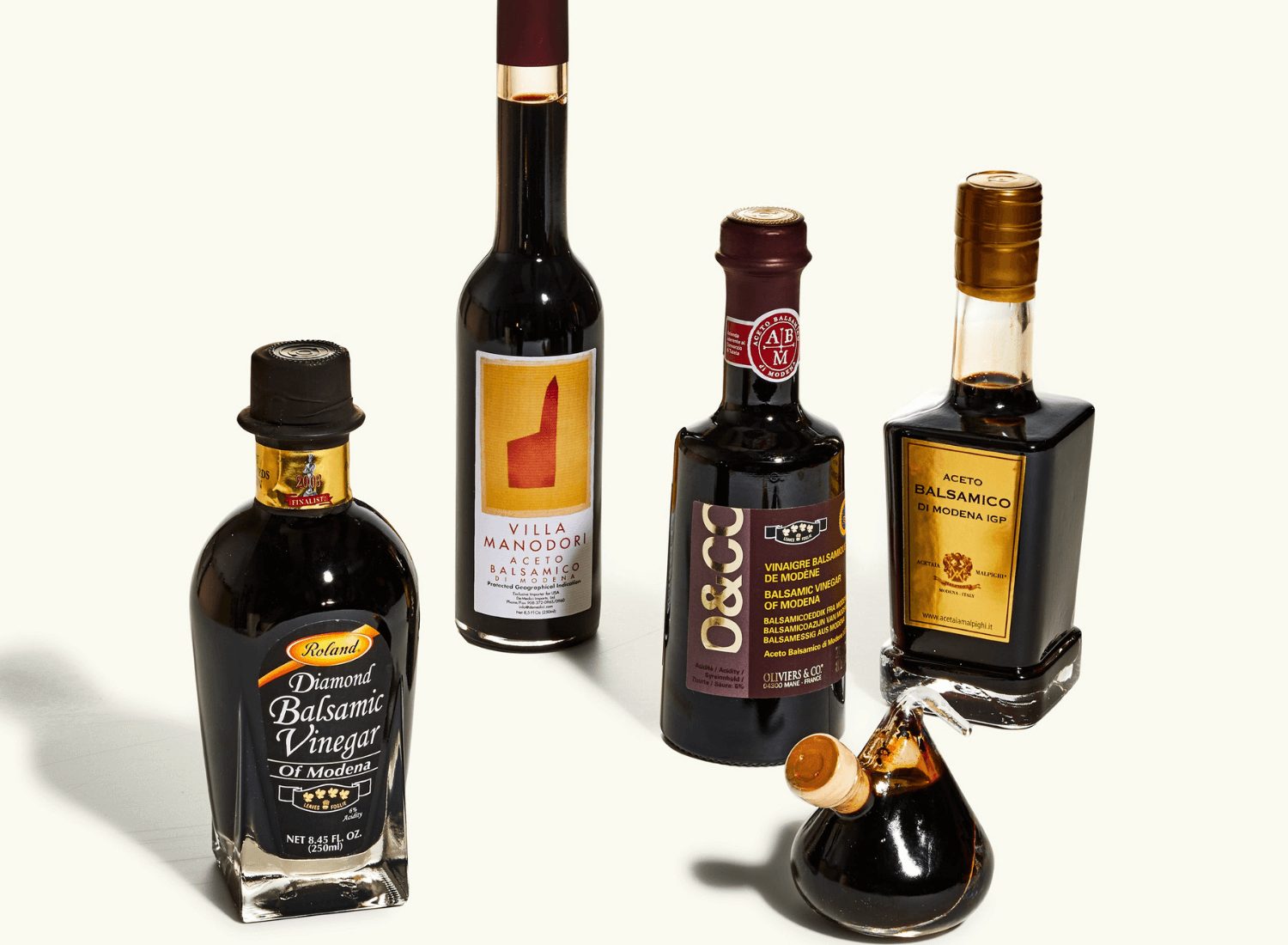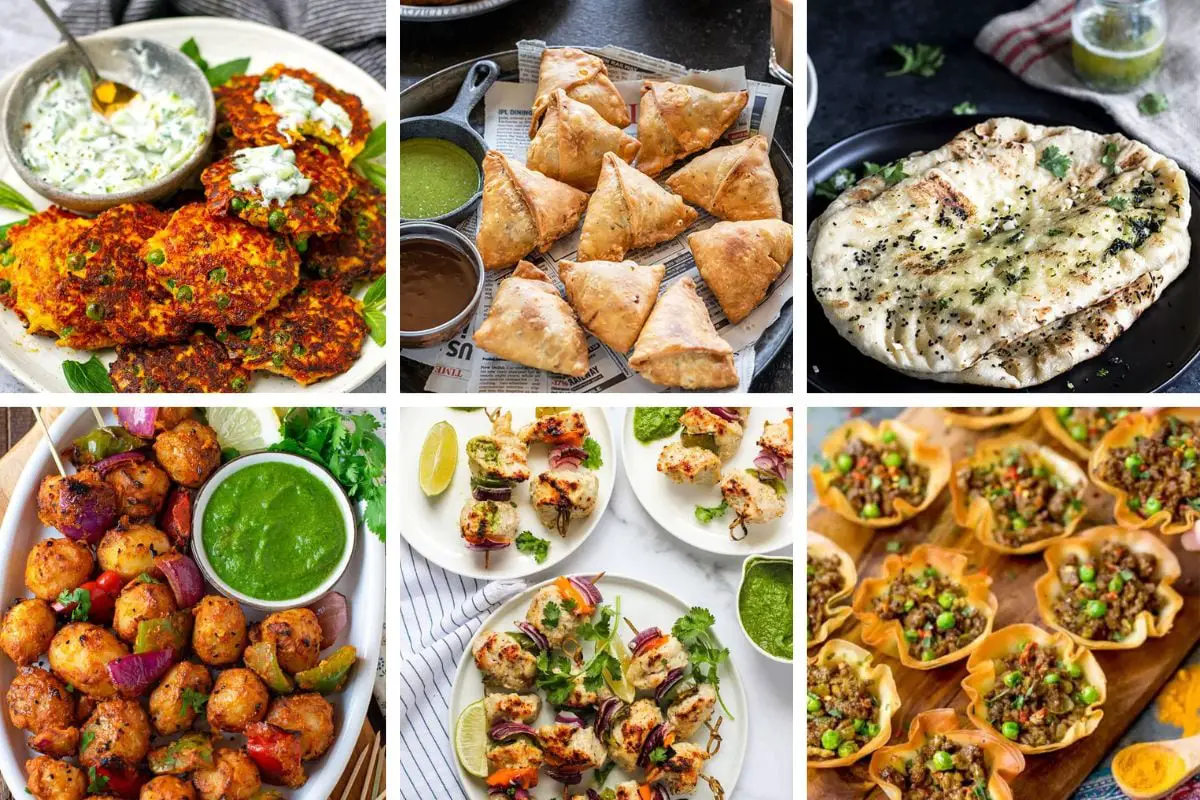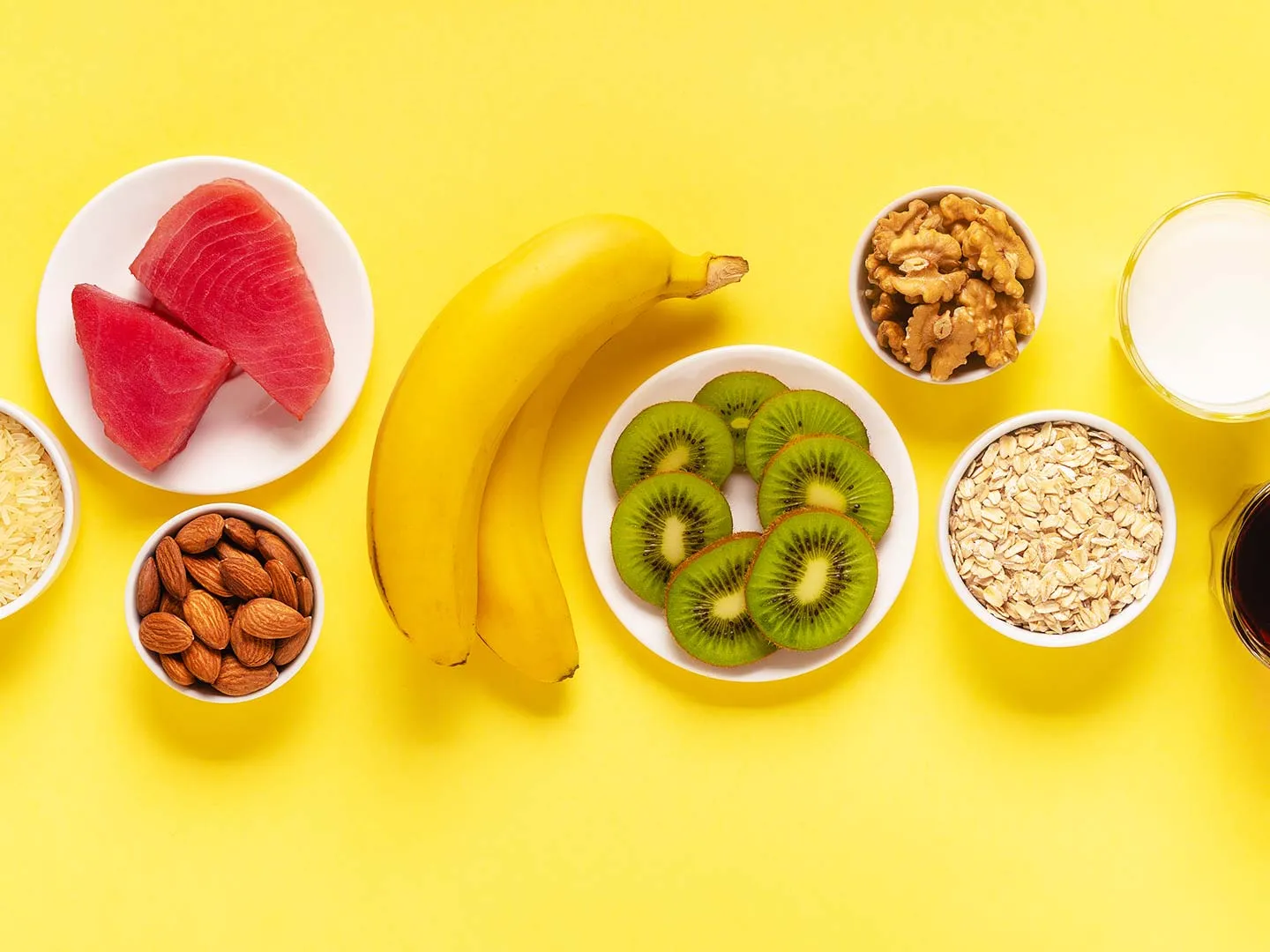Chad is home to a wide variety of ethnic groups, which contributes to its incredible gastronomic diversity. Depending on the region you are in, the flavors radically alter. In different parts of the world, the same vegetable, for instance, can be prepared in several ways.
20 Most Popular Foods to Eat in Chad
1. Tagalia
For both the young and the old, this is the traditional food in Chad. Charmoute or minced beef, tomatoes, salt, onion, and oil make the Tagalia sauce. And wheat, corn, or rice flour is used to make the dumpling.
2. Moulah Daraba
For many Chadians, this dish is their favorite. Along with the kissar, it is made with okra, pork, and onions. It’s mostly served in the afternoon.
3. Karkandji
In Chad, this is the greatest dish. It is made with sorrel leaf, meat, or fish and is seasoned with peanut paste or sesame flour.
4. Souroundou
According to many people, this is one of the best dinners from Chad. It is rice prepared with chicken, fish, tomatoes, onions, green peppers, potatoes, and seasonings. The preparation of this dish for dinner or special occasions is common.
5. Loubiya (Beans)
The bean went to Chad during the colonial era and rapidly established itself as a main course. Beans are consumed regularly by both the wealthy and the poor. They are an affordable meal for students and can be found in university canteens throughout Chad’s cities. They go well with bread or fritters and can be made with salt or sugar.
6. Chourbah
In Chad, the major meal during Ramadan is called chourbah. It is a soup made with potatoes, carrots, beef, yellow chile, water, and oil. It can be consumed with fritters or bread.
7. Guima
For those in a hurry, minced meat, or guima, is a favorite lunch option. It is a sandwich made with an omelette and minced meat. In restaurants in the majority of Chadian cities, it is extremely typical.
8. Canda
The most typical food offered in Chadian schools is canda. Fish mince is formed into balls and fried in a delectable sauce. It goes well with bread.
9. Ordevre
A dish from Chad called ordevre was developed in the 2000s and is served during celebrations or family get-togethers. Carrots, potatoes, eggs, oil, and salt are used in its preparation. It goes well with bread.
10. Kawal
Only the elderly are skilled in making the traditional sauce kawal. Chadian youngsters are familiar with it as a therapeutic sauce. In the western Chadian city of Abeche, it is very well-liked.
11. La bouillie
A Chadian breakfast dish called la bouillie is made with rice or wheat, milk, flour, and peanut butter. The food is always prepared to a thick consistency and then served hot. La bouillie is typically made with the ingredients above, but depending on what is readily available in each household, it is frequently modified with other ingredients.
12. Peanut and Squash Stew
Cubed squash and onions are sautéed with seasonings to produce the base for the stew with peanuts and squash. Salt, sugar, and coarsely chopped peanuts are added once the squash is soft to give it more flavor. When meat is included, it typically takes the shape of chicken, goat, fish, or beef.
13. Jarret de boeuf
Traditional Chadian stew called jarret de boeuf is beef stewed with vegetables like carrots, sweet potatoes, leeks, and aubergines. The meat and vegetables in the stew should be simmered for at least two hours before serving. It is advised to serve the dish in bowls and serve it with either rice or fufu.
14. Daraba
Daraba is a straightforward, cost-effective stew from Chad made with chopped okra, assorted vegetables, tomatoes, stock cubes, and smooth peanut butter, which gives the food a distinctive flavor. On the side, it is typically served with rice, boiling cassava, or boiled plantains.
15. Aiyash
Aiyash is simple deep-fried balls of millet flour paste that are best described as a type of croquette or dumpling. Other dipping sauces offered with aiyash include saka saka, which is made of okra and spinach that has been coarsely diced or crushed and is then emulsified with vegetable oils.
16. Kisra
Kisra is a traditional fermented bread from Chad made from durra or wheat. There are two varieties: one is available as thin baked sheets (also known as kisra rhaheeefa), which resembles injera and is typically eaten with moulah (a slow-cooked stew prepared using meats and vegetables).
17. Maharagwe
Maharagwe is a dish made from the French bean plant’s red beans or seeds. Haricots and other beans are also occasionally used. The beans are stewed in a coconut milk sauce with flavoring ingredients such as onion, cardamom, cinnamon, garlic, and chili.
18. Esh
The majority of the country’s Arabs prepare and consume esh. Esh is made from boiled millet flour. The dish is served with moulsh sauce after it has been cooked. Vanilla extract, cinnamon, butter, milk, and a few finely chopped dates are all required for making esh.
19. Bangaou
If you crave meat, you should start making bangaou. Another Chadian stew with exceptional flavor. This dish originated from the Arab culture. It is made with lamb, bouillon cubes, tomatoes, and sweet potatoes, among other ingredients.
20. Capitaine
Capitaine refers to Nile perch, a tasty species of fish found in both Lake Chad and the Chari River. The flesh is white and thick, similar to a steak. It’s a tasty fish and a voracious predator, devouring any smaller fish that swims by. They can be cooked in various ways, including deep-frying, grilling with marinades, and the most common, sun-dried, which has a fishy flavor to the palate.
Conclusion
Chadian cuisine shares many similarities with Saharan cooking traditions. Millet, sorghum, and rice are common staples, while okra and cassava plant leaves are common vegetables. Chad’s diverse climates inspire various agricultural practices throughout the country, and traditional Chadian dishes vary greatly from north to south. It is also influenced by the Islamic ways following the north and the brief French colonization in the early 1900s.
Women cook over open fires, and the meal is served on mats from a large communal bowl. Food is consumed with only the right hand, as is customary in many countries.



